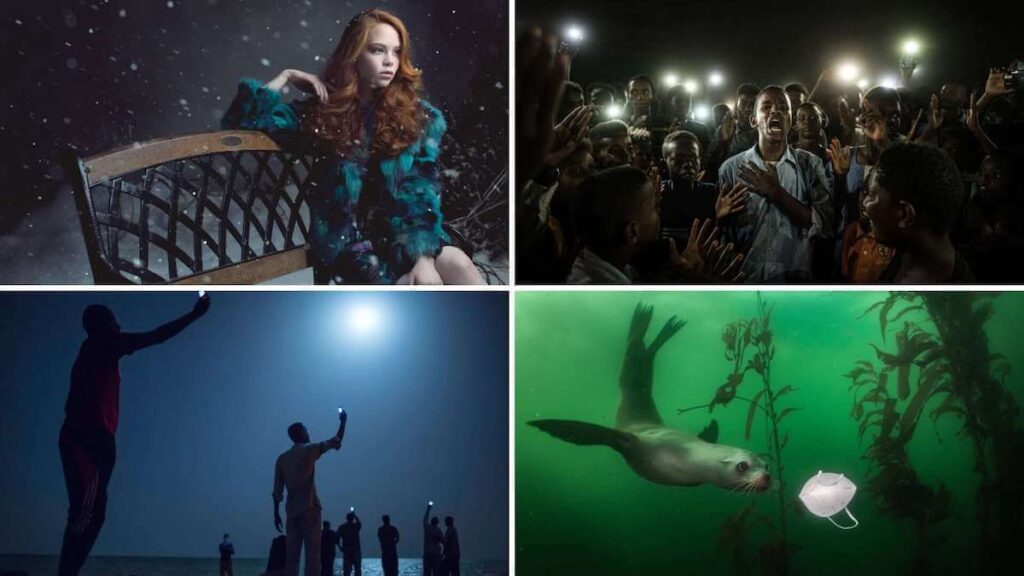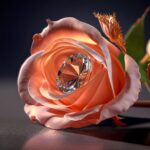
What Is Editorial Photography?
The editorial photography industry is growing and there is a wide variety of opportunities. Many photographers specialize in various types of images, while others offer a wide range of services. Whatever your needs, it is important to know that there is a professional photographer for you. To find one, look for the photographer who specializes in your niche or the photographer who is available on a freelance basis.
Wide-angle, standard, and telephoto lenses
Wide-angle lenses and telephoto lenses are two very different types of lenses. Their main difference is field of view. Telephoto lenses are used for capturing subjects in a large range of distances. On the other hand, wide-angle lenses are used for capturing subjects within a smaller range of distances.
The choice between these lenses comes down to your needs. It depends on whether you are a photographer who shoots sports, wildlife, or even architecture. If you are a street photographer, for example, you may want to choose a wide-angle lens, which can help you capture a large group of people in a short amount of time.
In contrast, telephoto lenses have longer focal lengths and are more bulky. However, their benefits include the ability to get close-up shots, or the ability to capture magnification of a subject. For this reason, they are often used by photographers who photograph dangerous or far-away subjects.
Another advantage of a wide-angle lens is the fact that they can be used to create a unique image. This is because they produce distortions that are not visible to the human eye. They can also be used to exaggerate the size of objects, which can add impact to your photos.
One of the biggest advantages of a wide-angle lens is that they have a large field of view. This means that you can take a picture of a whole building, rather than just a portion of it. This can be a big benefit for architectural photography.
Because wide-angle lenses have a larger field of view, they can also be used to capture more of the environment around the subject. This is especially useful in architectural photography, where walls can limit your scope.
Creative briefs
A creative brief is an essential tool for editorial photography. It can help you save time and improve communication between your team and clients.
A brief should outline the objectives of the project, the key messages, and the methods for delivering the finished product. This will also help you make the right decisions when working on a project.
The brief also includes details like the budget, a timeline, and the delivery method. This is a great way to keep your team on track. In fact, it can even save you 20% of your time.
A good creative brief will not only help you deliver high quality results, but it can also increase customer satisfaction. And, in case you’re wondering, it should be a document that’s always being refined.
When writing a brief, be sure to include the most important information in the shortest amount of space. That means giving more detail about the key message, but not overdoing it. You should also ensure you get the copyrights of any images you use.
In addition to a creative brief, it’s also a good idea to include a mood board. These can be a compilation of images from previous campaigns or web resources that give you a visual representation of what you are trying to achieve.
In addition to the creative brief, a great idea is to make a mock-up of the final asset. Mock-ups allow your team to see what the finished product will look like. They also help you get your vision and style in alignment.
A well-crafted creative photography brief will not only keep your photographer on track, but it should also help you deliver the best possible work on your budget.
Model release forms
Model release forms are important for photographers. This form is a legal document which requires the photographer to get the model’s permission before they can use his or her photo in any way. It can also be used to protect the photographer from future lawsuits.
A model release form can be a bit of a confusing topic. The best way to go about this is to speak to a lawyer. However, you can do a little research online to find a sample form. You can use one of many templates or create your own from scratch.
One of the most important things to consider is the purpose of the image. If you’re planning on using the photograph for ad campaigns, sales, or other commercial purposes, you will need a model release form.
For editorial uses, you don’t need a model release. For example, a photo of a protesting crowd is not something that needs to be released. But you do want to make sure you aren’t going to be sued for plagiarism.
The most important thing to remember is that a model release form is not required in all circumstances. In some cases, you can simply offer the photographer a monetary reward for using his or her work.
When it comes to the best way to get a model release form for your editorial photography, you will need to weigh your options carefully. As with anything, there are always risks. Always err on the side of caution. Whether you’re a photographer, an artist, or a company, you need to protect yourself from a lawsuit.
There are plenty of template and sample model release form online. Be sure to choose a quality model release form.
Equipment
If you’re interested in editorial photography, you’ll want to invest in the right equipment. This includes a camera, lenses, and lighting. But there are other aspects of your photography setup that you’ll also need to consider.
First, you’ll want to think about what kind of story you’re telling. Typically, you’ll be working with an editor who will have a specific story in mind. You’ll need to come up with something original and creative that will tell the story in an interesting way.
Next, you’ll need to consider the type of images you’d like to create. Some editorials might involve portraits, while others might require photographing “real” people. There are three basic types of lenses that are ideal for editorial work: zoom, prime, and macro.
Generally, you’ll need a full frame DSLR if you’re going to be doing editorial work. A DSLR allows you to get more control over settings like aperture and shutter speed.
During an editorial shoot, you’ll have a limited amount of time in the studio. Getting the light and exposure right can be challenging. To help you get the most out of your shot, you should invest in a tripod. It will give you more flexibility and allow you to be responsive.
Whether you’re shooting in a studio or out in the wild, you’ll need a wide variety of gear. For example, you’ll need to have a tripod, a light meter, and a good range of lenses.
Editorial photography can be a very interesting way to express your creativity. However, it requires that you meet certain deadlines, adhere to a brief, and stay on top of your work.
Salary
If you are a freelance photographer, it can be tough to turn a profit on your editorial photography. However, there are many ways to make money as an editorial photographer.
A good start is to build a portfolio. There are a number of online job boards that feature jobs in this field, and some employers will hire photographers based on portfolios. You can also create social media pages to advertise your skills.
If you are interested in becoming an Editorial Photographer, there are a few things you need to know. First, the pay range for this role is quite variable. While the average salary is $31,000 to $58,000, it can reach as high as $105,000.
The pay scale is influenced by a number of factors, including education, experience, skill level, and location. For example, the top tenth percent of photographers earned $83,520 in May 2020. Those who have more experience have a better chance of negotiating a higher salary.
Many jobs in this field are also available to people who do not have a degree. Some of these positions begin with internships. Interns often gain experience through the use of various equipment and staging shoots. They may also learn how to process film.
It’s important to remember that there is a big difference between editorial and commercial photography. Unlike commercial, editorial photography focuses on the story rather than the product. In addition, editorial photography typically allows more creative freedom. This may include using models, sports, and other types of celebrities to take photographs for publication.
An Editorial Photographer must be willing to sacrifice some of their salary in exchange for creative freedom. Although this job does not require a college degree, some editorial photographers pursue a bachelor’s degree in an art-related field.




